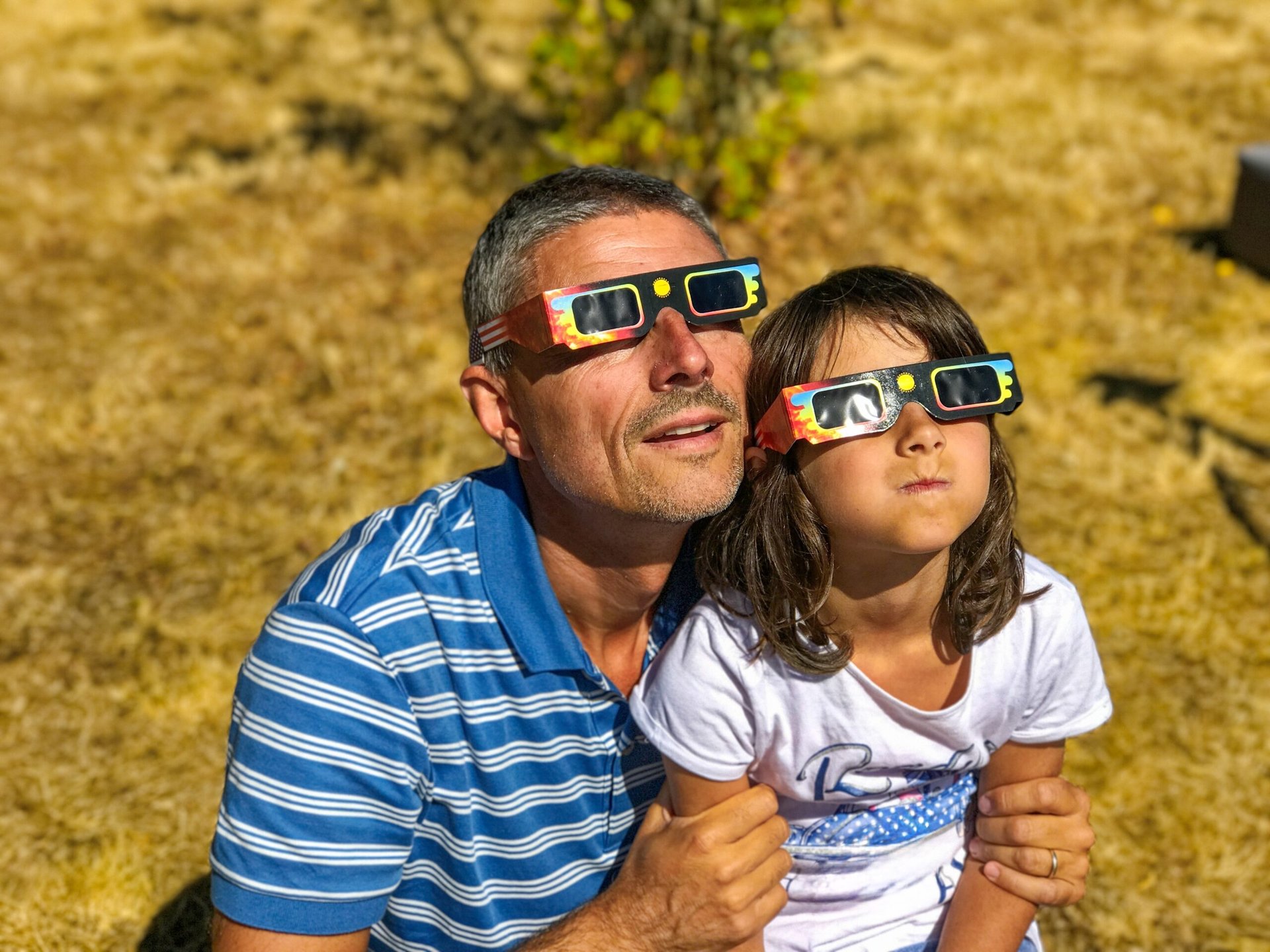
A total solar eclipse is on the way. On April 8, as the moon, Earth and sun align, the moon’s shadow will briefly darken the sky.
The eclipse will be visible in its entirety in a band from Texas to Maine. The rest of the country will get a partial view. Check out “7 of the Best Places To Watch the Total Eclipse This Spring.”
Taking even a peek at the eclipse with the naked eye could permanently damage your eyesight. That is why you need to wear special protective glasses if you plan to view the celestial event.
Obviously, this is not a time to look for bargain-basement-priced glasses that might — or might not — protect your peepers. Scammers have been known to sell counterfeit glasses that may not offer the protection you need, according to Consumer Reports.
The publication urges you to stay away from any glasses and vendors that do not both appear on the American Astronomical Society’s (AAS) list of approved sellers and makers. You can find a list of safe eclipse glasses at the AAS website.
The publication notes that retailers such as Explore Scientific and Land Sea & Sky all sell these glasses. You also might find the glasses at retailers from Walmart to Staples and 7-Eleven. You can also find the glasses on Amazon, but the AAS warns, avoid “buying from whichever vendor offers the lowest price. Before you buy a solar viewer or filter online, we recommend that you make sure that (1) the seller is identified on the site and (2) the seller is listed on this page.”
In addition, eyewear retailer Warby Parker is giving out free glasses beginning on April 1.
If you plan to grab a pair of glasses, don’t delay. CR notes that in the 2017 run-up to the last total solar eclipse visible in the U.S., glasses were in high demand.
If you cannot find glasses, it is possible to make your own pinhole camera so you can view the eclipse. NASA offers directions for making a pinhole camera online.





Add a Comment
Our Policy: We welcome relevant and respectful comments in order to foster healthy and informative discussions. All other comments may be removed. Comments with links are automatically held for moderation.